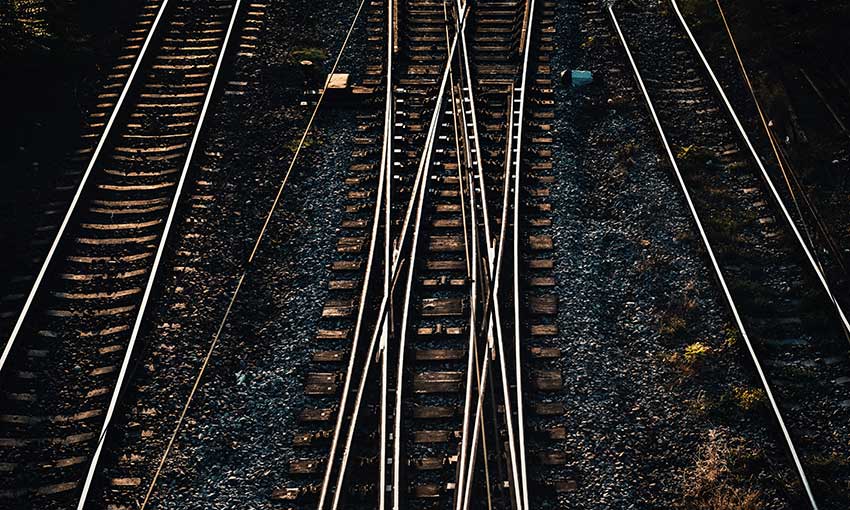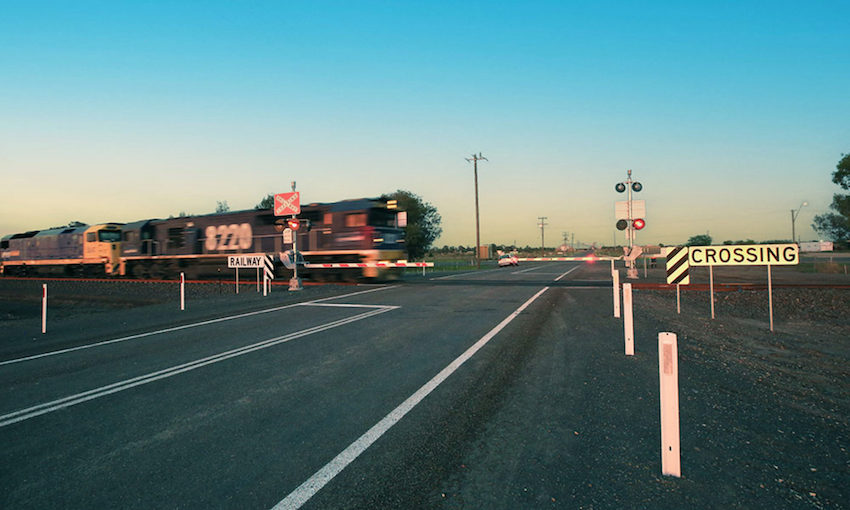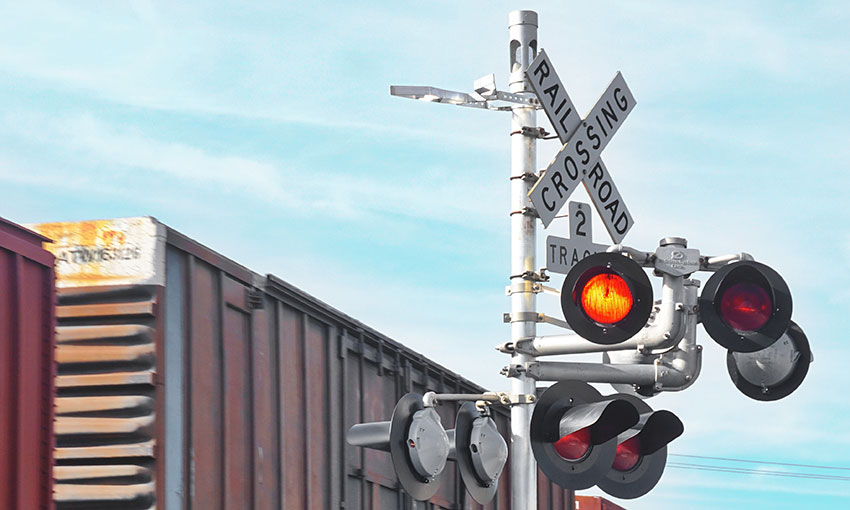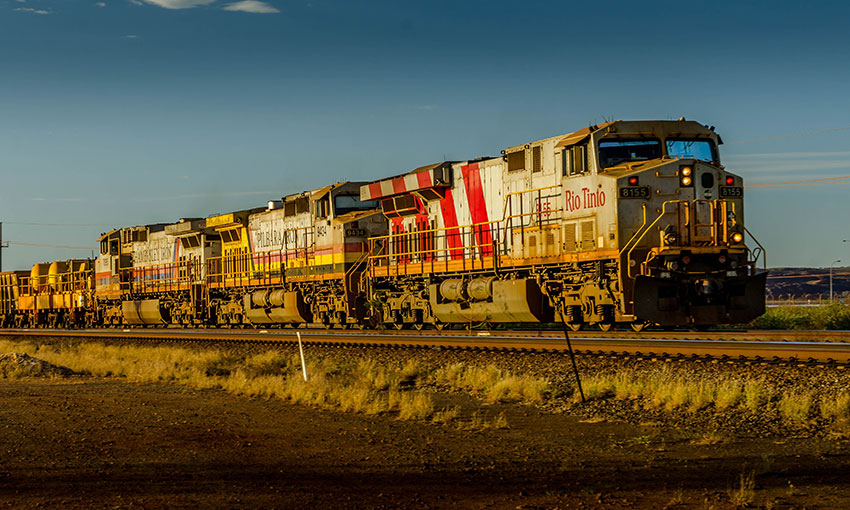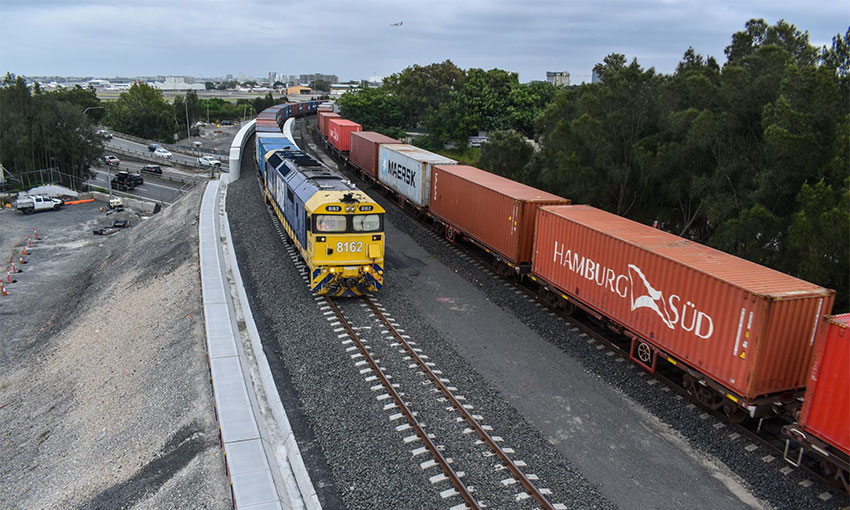THE AUSTRALIAN government, the Victorian government and The Australasian Railway Association have signed an agreement to improve the country’s rail infrastructure.
The memorandum of co-operation aims to see rail play a bigger role in the national economy while delivering more freight services, according to a statement from the government.
The agreement commits rail operators, builders, manufacturers and transport ministers to work together to make rail more interoperable, particularly for any future major rail investments.
The government will shortly appoint a National Rail Advocate and Rail Industry Innovation Council to support the plan and drive genuine change in Australian rail manufacturing, including bolstering supply chains and building domestic capabilities.
Minister for infrastructure, transport, regional development and local government Catherine King said improving interoperability of the national rail network will mean more people will be employed, more manufacturing will be local, and more passenger and freight services will travel by rail.
“Today’s first signatures on the historic memorandum of co-operation commits all governments and industry to work together to ensure rail can play a bigger role in our nation’s future,” she said.
“Working together will be the catalyst that delivers an Australian rail network that operates smoothly across state borders, by using compatible technologies and systems.”
Rail has run as a series of independent rail networks, often receiving upgrades and new technologies at different times from different suppliers. This has led to a range of critical issues impacting national rail productivity and innovation, such as the use of different rail gauges, signalling systems, rolling stock and safe working arrangements
The Australian government said improving national rail interoperability is also one of the National Cabinet’s five priorities for collective action. Infrastructure and Transport Ministers agreed to several productivity and safety measures in December, including:
- setting a small number of critical national rail standards
- aligning the different train control and signalling technologies used along the eastern seaboard
- reducing the burden that different rail approaches have on drivers, crew and maintenance workers

